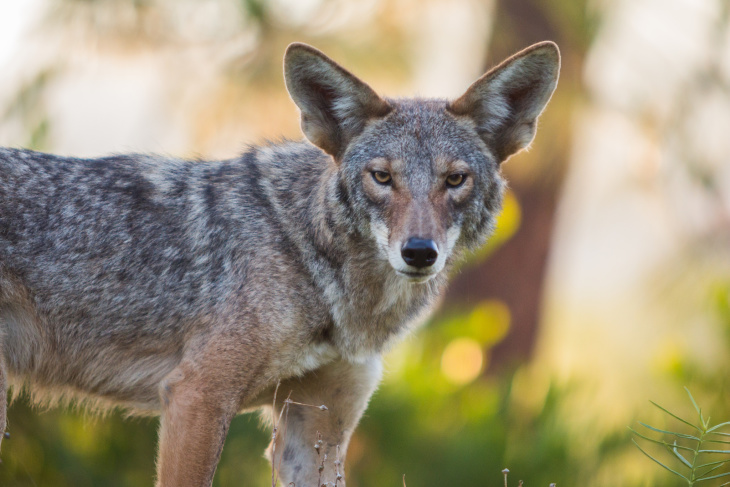


In addition to studying what coyotes were eating, researchers also monitored the movements and survival of 19 coyotes wearing high-tech GPS radio collars. Bears also had a high occurrence of deer in their scat (35%), but acorns and berries were found in 61% and insects were found in 45%. Seasonally, deer was highest in the scats during June (when most fawns are born) and in late winter (December and January). Of the 607 bobcat scats analyzed, deer were found in 35% and squirrels were found in 53%. Most likely, both sources were important diet components, but additional research (currently underway) will be needed to quantify the contribution of each source.Ĭoyotes were not the only predators eating deer in the study areas. As a result, it’s unknown whether the source of deer in the coyote diet was from deer actually killed by coyotes or whether coyotes were scavenging on carcasses of deer that died from other causes. Scat analyses tell us what an animal has eaten, but not how the food item was obtained. The June-July period coincides with the fawning season but deer were also an important food item during the early fall and late-winter months.īones found in coyote scat for diet analyses.Īlthough we now know that coyotes eat deer a lot, we don’t know if they eat a lot of deer. Seasonally, deer occurrence in the scats was greatest in January, March, June, July, and November. White-tailed deer had the highest overall occurrence in the scat (74%), followed by voles (27%) and insects (16%). They found out that coyotes eat deer very frequently. To study the diet of coyotes, researchers meticulously examined 395 coyote scats (feces samples) collected monthly over a 2-year period. The diet of bobcats and bears were also studied in the same area and compared with coyotes. Primary objectives of the project included an assessment of what coyotes eat throughout the year, their movement behavior, habitat selection, and home range size. The project was focused on National Forest lands in Bath and western Rockingham County, where deer numbers appeared to have declined substantially during the past decade. The study was headed up by researchers at Virginia Tech and initiated in 2011. In order to better understand the potential effects of coyotes on deer numbers, the Virginia Department of Game & Inland Fisheries embarked upon a 4-year research project in the western mountain region of the state. In particular, deer hunters voiced concerns that increasing coyote numbers might lower deer populations in portions of the state. Soon after the coyote’s arrival, many hunters and wildlife enthusiasts began to express apprehension regarding the potential impacts coyotes might have on our native wildlife species. Often times, coyote groups will regularly howl in response to the sirens of emergency vehicles, particularly those coyotes who reside near fire stations.Coyote wearing a GPS radio collar as part of the research study. But, do coyotes in urban areas howl? In Cook County we have observed that some groups howl frequently, whereas other groups rarely howl. Many people consider the howling of coyotes to be the symbol of the West, or at least a vestige of wilderness. Their howling has resulted in more myth and mystery than perhaps any aspect of their behavior. However, it is impossible to know all the reasons why coyotes do things, and who knows, some coyotes may howl because it feels good!Ĭoyotes emit a range of sounds including howls, barks, and whines. Howling may also serve as a social bonding mechanism within the pack. She found evidence that coyotes were capable of identifying individuals from their calls and are aware of the number of coyotes calling during group howling bouts. A graduate student from The Ohio State University tested some Chicago-area packs by playing tapes of howling from captive coyotes in the middle of their territories and recording study animal responses. Coyotes may advertise the occupancy of a territory to other coyotes by group howling.


 0 kommentar(er)
0 kommentar(er)
